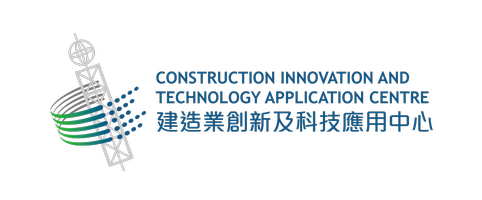2025.09.29
The Data-Driven Build: How Low-Altitude Tech is Engineering Smarter Construction
In recent years, the government has been forging ahead with building a competitive low-altitude economy, actively rolling out new policies and sandbox projects to harness the potential of this new airspace. Defined as economic activities taking place in airspace below 1,000 metres, the low-altitude economy encompasses everything from drone-delivered goods to the future promise of passenger flights using electric vertical take-off and landing (eVTOL) aircraft. Emerging as one of the most dynamic and promising sectors of global technological development, this new economy offers profound benefits for the construction industry, introducing unprecedented levels of efficiency, safety, and data-driven precision.
The application of drone technology in construction is vast, covering a large range of critical operations that span the entire project lifecycle.
Surveying and Planning with Precision
The foundation of any successful construction project is accurate planning. Drones are revolutionising this initial phase.
- Drone Surveying: Utilising drones for high-precision 3D mapping allows teams to create detailed digital terrain models. This data is invaluable for supporting initial design and informed construction planning.
- BIM Integration: By combining drone-collected data with Building Information Modeling (BIM), project managers can verify the match between the design and the actual site conditions. This synergy significantly reduces construction errors and costly rework.
- Intelligent Safety Design: The data gathered from aerial surveys helps in analysing site-specific risks, enabling teams to strengthen safety design plans from the very beginning and lower overall construction risk.
Enhanced Site Inspection and Safety Monitoring
Daily oversight on a construction site is being transformed from a manual, ground-level task to an automated, aerial operation.
- Progress Monitoring: Automated drone patrols capture regular aerial images of the construction site, generating accurate progress reports. This helps both supervisors and contractors track advancements and calculate actual expenditures against the project timeline.
- Structural Inspection: Drones provide a safe and efficient method for inspecting the facades, structures, windows, and curtain walls of both new and existing buildings. They help identify potential risks like cracks or damage early, preventing accidents.
- Safety Compliance & Violation Detection: Powered by AI, drones can automatically monitor workers to ensure they are wearing safety helmets and identify near miss, drastically improving safety management efficiency.
- Environmental Monitoring: Drones can be equipped with sensors to monitor dust, noise, and emissions, ensuring the site complies with environmental regulations.
Streamlined Logistics and High-risk Works
The movement of materials across often large and chaotic construction sites is a prime candidate for automation.
- Small Item & Document Transport: Drones can quickly transport blueprints, small tools, testing instruments, and lightweight building materials. This improves operational efficiency and reduces internal logistics costs.
- Drone cleaning or water testing: A heavy-lift drone is capable of carrying a payload of clean water and detergent. It flies to the building's facade and uses a controlled stream of water to clean the surface or carry out water leakage testing. This capability transforms high-altitude work from a manual, high-risk activity into a remotely managed, precision operation.
- Drone inspection: A heavy-lift drone is capable of carrying a payload of sensor for contact-based nondestructive inspection. These systems transform the drone from a passive observation platform into an active inspection tool that physically engages with the asset to collect subsurface integrity data.
The low-altitude economy is no longer a futuristic concept but a practical tool for reshaping the construction landscape. By adopting drone technology for surveying, monitoring, and transport, construction companies can achieve greater accuracy, enhance safety protocols, and realize significant cost savings. As regulations continue to evolve and technology advances, the integration of drones into construction workflows is set to become standard practice, building the future from a whole new perspective.
